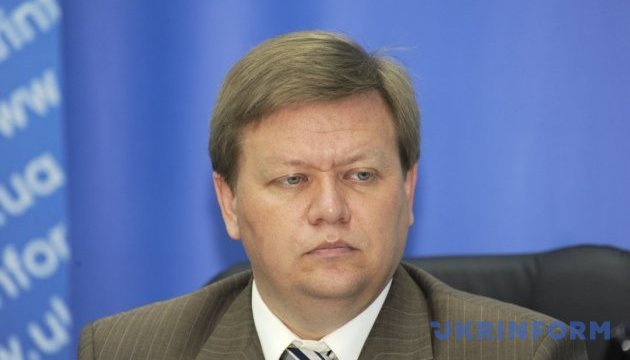NABU Director urges Prosecutor General not to reassign NABU’s cases to other agencies
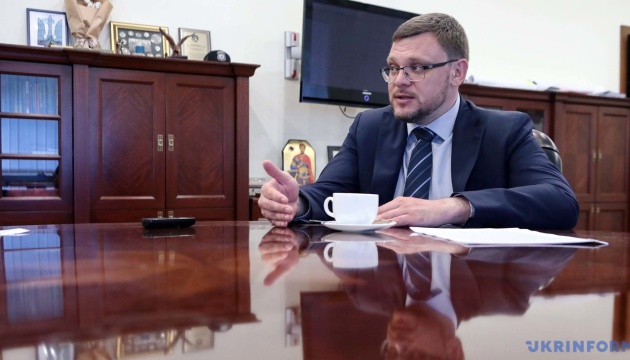

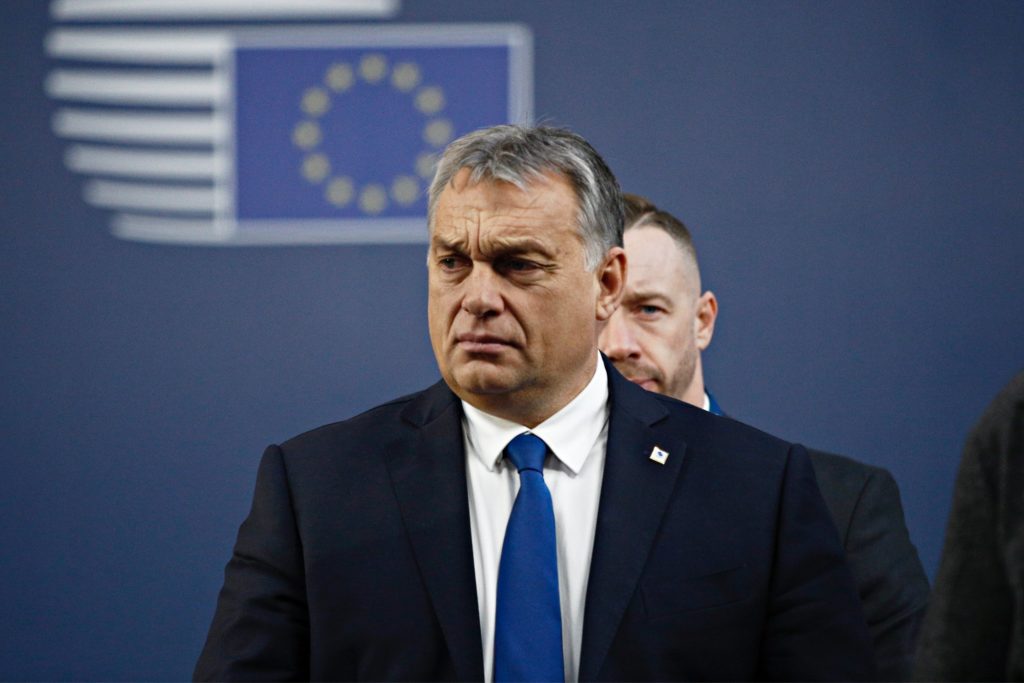
Hungarian Prime Minister Viktor Orban on 25 July proposed “strategic cooperation” with Ukraine instead of full European Union membership, arguing that Kyiv’s EU accession would bring the war with Russia directly into Europe’s core.
The Hungarian government, widely viewed as the EU’s most pro-Russian leadership, has blocked or delayed military aid to Ukraine, maintained ties with Russian President Vladimir Putin, and repeatedly echoed Kremlin narratives regarding the war.
“EU membership for Ukraine would drag the war into the heart of Europe, a risk our families should not have to face,” Orban wrote on X. “These times call for calm judgement, not theatrical threats.”
The Hungarian leader outlined his country’s alternative approach as “pragmatic, flexible, and rooted in mutual interest — not irreversible integration.” This position puts Hungary at odds with 26 other EU member states, which on 26 July declared support for continued accession talks with Ukraine and agreed to consider the European Commission’s assessment that Ukraine is ready to open the “Fundamentals” cluster of negotiations.
Orban characterized Ukraine as a “buffer state” and drew parallels to Hungary’s Cold War experience.
The Hungarian government has cited domestic opposition to Ukraine’s EU membership as justification for its stance. In a national consultation announced 26 June, Budapest claimed 95% of participants rejected Kyiv’s accession. Orban publicly voted against Ukrainian membership and shared a photo of his ballot in April.
However, the poll’s credibility faced scrutiny. Opposition leader Peter Magyar dismissed the consultation as a “government propaganda campaign” and cited internal data from Magyar Posta indicating only 3-7% of mailed ballots were returned.
Telex reported that the voting system could be manipulated, with testing showing users could vote twice using different email addresses.
Ukraine applied for EU membership shortly after Russia’s full-scale invasion in February 2022 and received candidate status within months. As an EU member, Hungary holds veto power over Ukraine’s accession progress.
Earlier in July, Orban claimed that most EU countries would vote against Ukrainian membership if “national referendums” were held, similar to Hungary’s consultation. Political director and advisor to Orban, Balazs Orban, recently stated that Ukraine’s war against Russia is not fought for Hungary’s security.

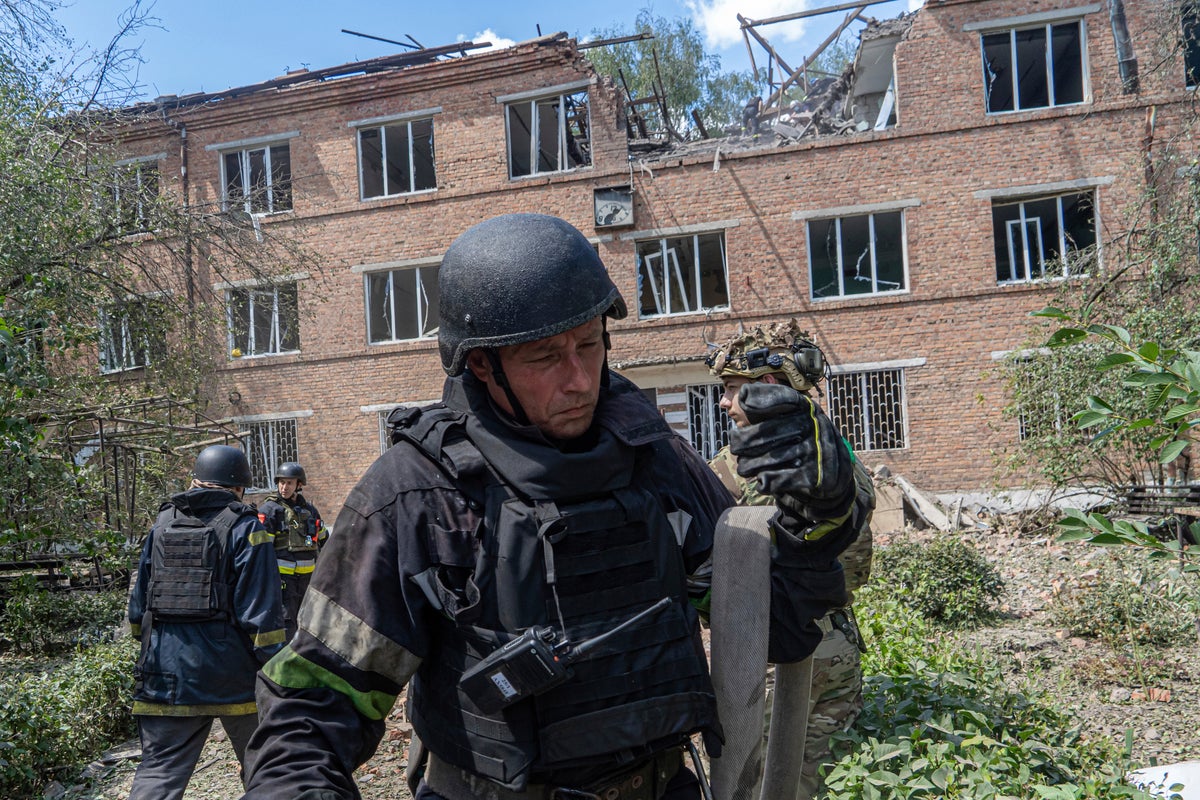
© Copyright 2025 The Associated Press. All rights reserved
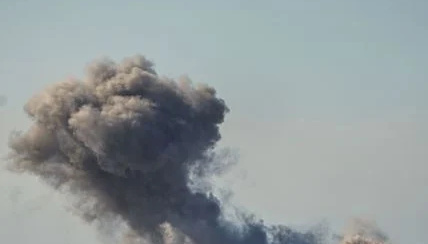
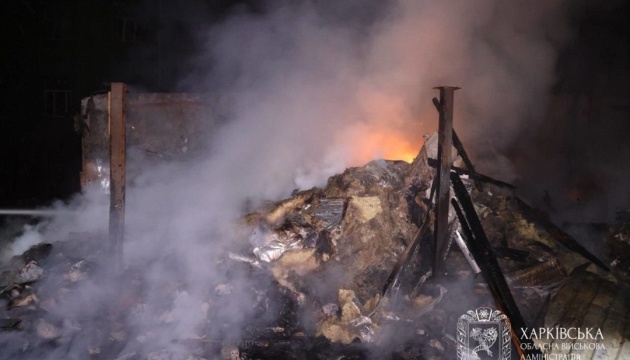
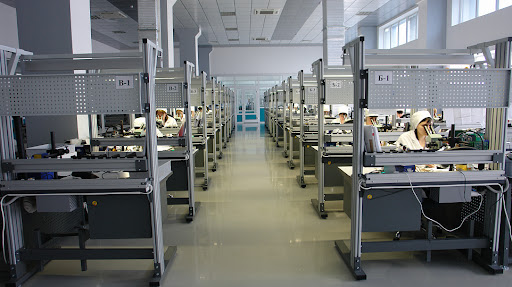
Ukrainian Security Service long-range drones struck the Signal plant in Russian Stavropol on 26 July, targeting one of Russia’s largest radio electronics manufacturers, hromadske reported, citing a source in the Security Forces.
One of the strikes reportedly hit building No. 2 (workshop No. 5), where” expensive imported equipment is located — machine tools based on numerical program control,” the source told hromadske.
The second strike was recorded in building No. 1, which houses workshop No. 17 for radio electronic devices.
The Signal plant specializes in producing various types of electronic warfare systems, radar, radio navigation equipment, and remote control radio equipment for Russia’s military-industrial complex. The facility operates under international sanctions.
The targeted workshops house critical infrastructure for military production: from imported machinery with numerical program control systems to radio electronic devices essential for military communications and navigation systems.
Russia’s Defense Ministry reported intercepting 54 unmanned aircraft overnight on 26 July across five oblasts, as well as over temporarily occupied Crimea and the Azov and Black Seas. By morning, Russian forces claimed to have downed six additional drones over North Ossetia and Moscow Oblast.
The attack represents a significant strike on Russia’s defense manufacturing capabilities, targeting a facility that produces electronic warfare equipment and radar systems used by Russian forces.

Elon Musk ordered the shutdown of Starlink internet coverage near Kherson during Ukraine’s counteroffensive in September 2022, disrupting military operations and preventing Ukrainian forces from surrounding Russian positions, according to three sources familiar with the command, Reuters reported on 25 July.
Kherson was occupied by Russian forces on 2 March 2022, and Ukraine launched its counteroffensive to retake the oblast on 29 August 2022. Kherson city and the entire right bank of the Dnipro River of Kherson Oblast were de-occupied by Ukrainian forces on 11 November 2022. The de-occupation encompassed all territory west of the Dnipro River in Kherson Oblast, including the city of Kherson itself; areas east of the river remained under Russian control.
According to Reuters, when Ukrainian troops attempted to reclaim territory from Russian forces, Musk instructed a senior SpaceX engineer to cut service in the strategic region north of the Black Sea. The order affected at least 100 Starlink terminals and extended to other Russian-occupied areas including parts of Donetsk province.
“We have to do this,” Michael Nicolls, the Starlink engineer, told colleagues upon receiving Musk’s directive, according to one source. Company staff complied with the order, causing hexagon-shaped cells to go dark on internal coverage maps.
The shutdown created immediate battlefield consequences for Ukrainian forces. Troops faced communications blackouts, surveillance drones lost connectivity, and artillery units struggled to target Russian positions without Starlink’s guidance systems. Ukrainian military officials and advisors confirmed the service failures occurred near front lines during the counteroffensive.
“The encirclement stalled entirely,” a Ukrainian military official told Reuters. “It failed.” The source said Ukrainian forces were unable to surround Russian positions in Beryslav, east of Kherson’s administrative center, due to the communications breakdown.
Despite the setback, Ukraine’s counteroffensive ultimately succeeded in reclaiming Beryslav, Kherson city, and additional occupied territory. However, the shutdown represents the first documented instance of Musk actively cutting Starlink coverage over an active battlefield during the war.
The decision “shocked some Starlink employees and effectively reshaped the front line of the fighting, enabling Musk to take ‘the outcome of a war into his own hands,'” according to another source.
Musk’s intervention contradicts his previous public statements about Starlink operations in Ukraine. In March, he wrote on X: “We would never do such a thing.”
This incident differs from a previously reported September 2022 case near the Black Sea, where CNN reported that Musk disabled Starlink near occupied Crimean coastline to prevent Ukrainian attacks on Russian naval forces.
Neither Musk nor Nicolls responded to Reuters requests for comment. A SpaceX spokesperson called the reporting “inaccurate” and referenced a company post stating “Starlink is fully committed to providing service to Ukraine.” The spokesperson did not specify inaccuracies or answer detailed questions about the incident.
Ukrainian President Volodymyr Zelenskyy’s office and the Ministry of Defence did not respond to requests for comment, according to the report.
Musk said, during a clash with Polish Foreign Minister Radosław Sikorski on X, that,“No matter how much I disagree with the Ukraine policy, Starlink will never turn off its terminals.” He claimed that without it, Ukraine’s “entire front line would collapse.”

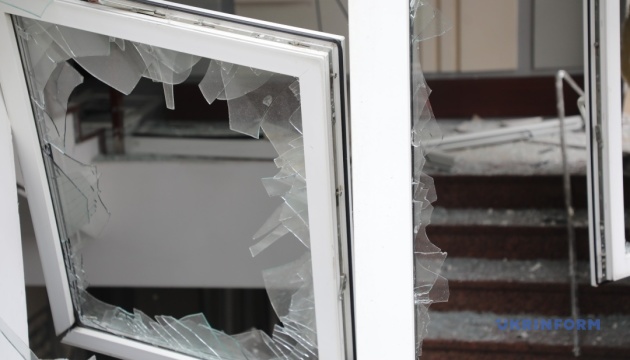
The prime minister is nervous at the prospect of possibly having to play golf with Donald Trump, but he will have much bigger problems on his mind when they meet at Turnberry, Political Editor David Maddox reports

© Getty
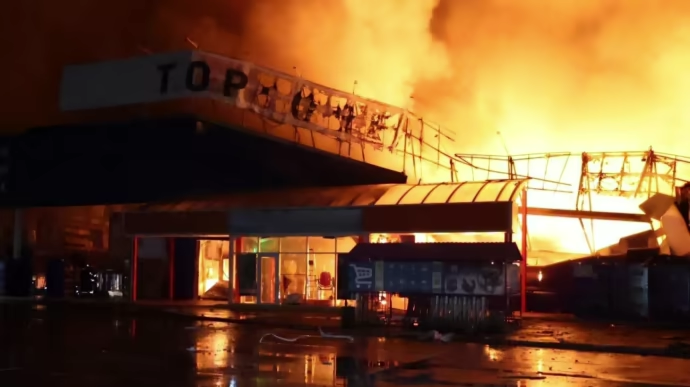
Russian forces launched a massive attack on Dnipro, Sumy, and Kharkiv oblasts, injuring 14 people and killing two others, according to regional authorities.
The Russian military regularly attacks Ukrainian oblasts with various types of weapons. Russia’s leadership denies that the Russian army has been conducting targeted attacks on the civilian infrastructure of Ukrainian cities and villages, killing civilians and destroying hospitals, schools, kindergartens, energy and water supply facilities.
On the night of 26 July, the Russian forces attacked with 235 air assets (208 UAVs and 27 missiles of various types). Ukraine’s Air defence shot down 200 Russian air targtes (183 attack UAVs and 17 missiles of various types)
Russian occupying forces launched a massive combined attack on Dnipro and the oblast overnight on 26 July, killing three people and injuring six others, Dnipro Oblast Governor Serhiy Lysak said.
Air defense forces shot down seven missiles and 26 drones, according to Lysak.
The attack claimed the life of a man in Dnipro, while a woman was injured. A multi-story building sustained damage, and industrial enterprises were hit. Fires broke out across multiple locations, including a parking lot where vehicles caught fire.
The Dniprovskyi district experienced several fires, with flames engulfing a shopping center. Fires also erupted at an enterprise, and dry grass burned in various locations, according to the regional administration head.
One person died in Dniprovskyi district, while four others sustained injuries, Lysak said. Russian forces struck the Pokrovska community in Synelnykivskyi district with guided aerial bombs, causing a fire to break out.
Russian forces also hit the Pokrovska community in Nikopolskyi district with an FPV drone and attacked Marhanetska community. No casualties were reported.
Dnipropetrovsk Oblast, located several tens of kilometers west of the frontline, has been under repeated Russian attacks.
Russian forces also launched a massive attack on Kharkiv and the oblast, Governor Oleh Syniehubov said. The attack with two missiles, four CABs, and 15 UAVs injured six people, including three employees of the State Emergency Service and a medical worker.
The attack also damaged industrial premises, food warehouses, and a car. The total area of the fires is approximately 2,500 square meters.
The Russian army also attacked Zmiiv overnight, injuring three people, including a medical worker.
Kharkiv, Kupiansk, and Chuhuiv districts also suffered Russian attacks, which resulted in damage to private houses, outbuildings, cars, an outpatient clinic, and a gymnasium.
Russians also attacked Sumy Oblast overnight on 26 July. According to Governor Oleh Hryhorov, women aged 57 and 50 and a 55-year-old man were injured in the attack. The attack also damaged residential houses, a shop, and an internet club.
The Russian army also attacked Zaporizhzhia district. Several fires were recorded, a non-residential building was hit, Governor Fedorov said. There were no casualties reported.
Russia is wiping out Ukrainian cities daily. In the first half of 2025, 6,754 civilians in Ukraine were killed or injured, the highest number for a six-month period since 2022, Miroslav Jenča, UN Assistant Secretary-General for Europe, Central Asia, and the Americas, said.
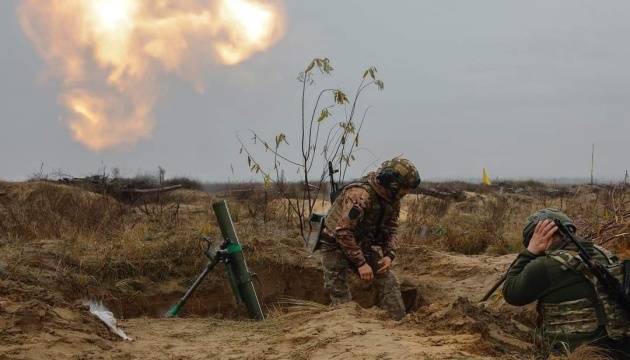
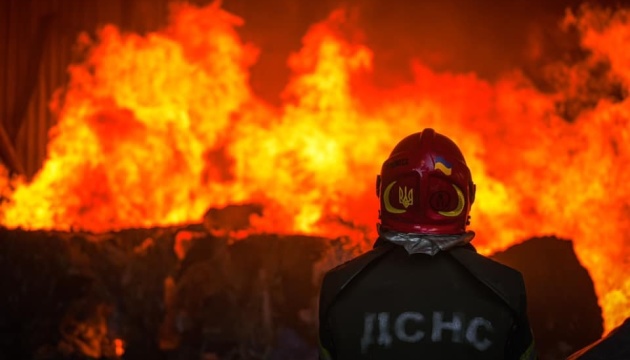

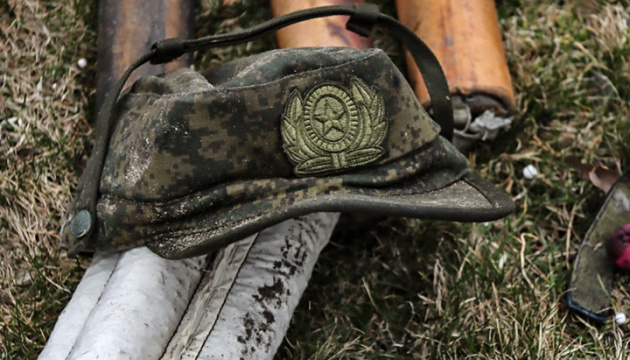

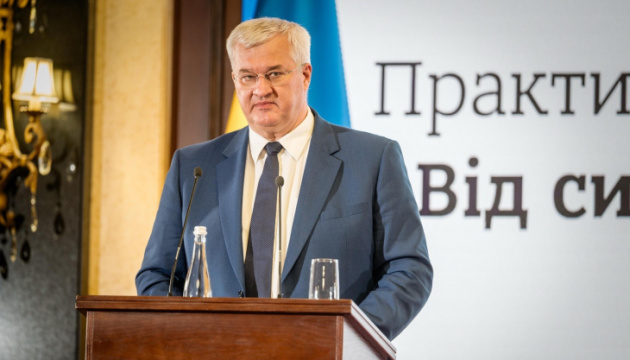
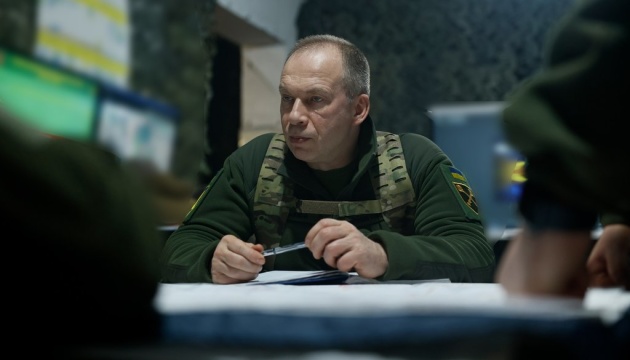


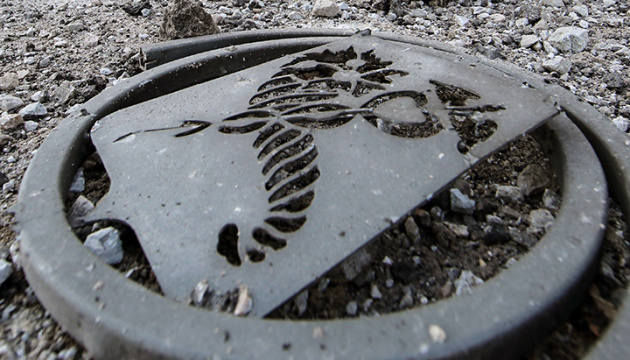



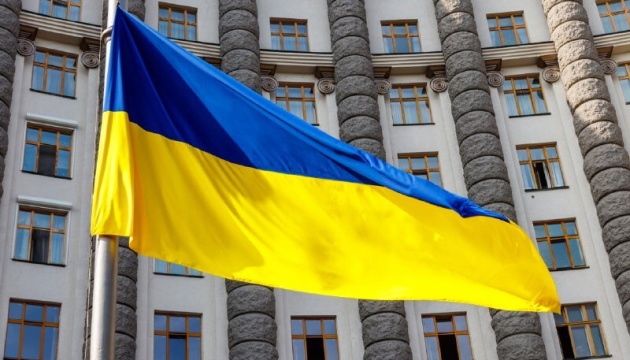
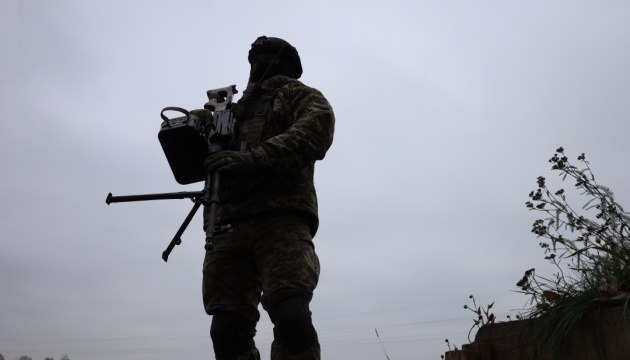
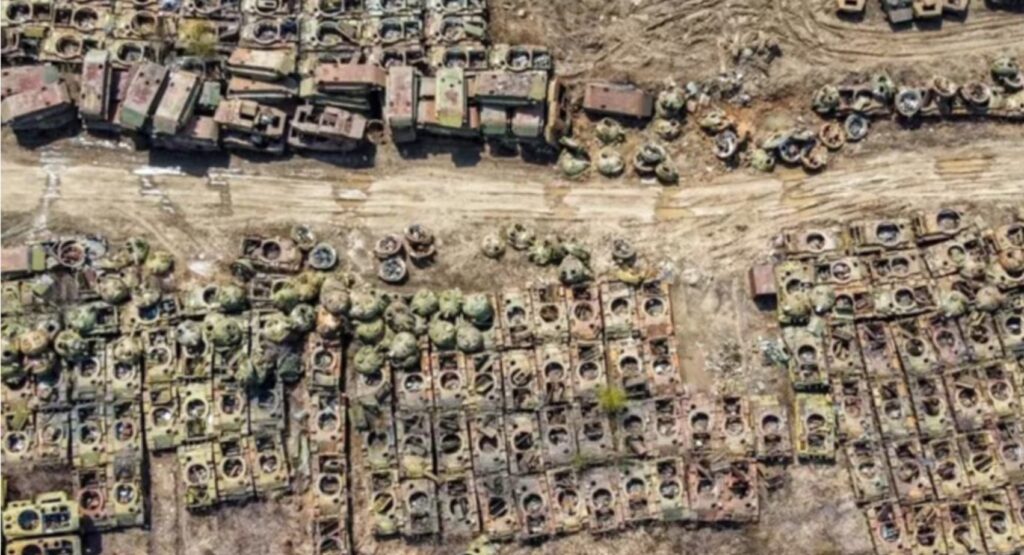
The growing proportion of the 46-ton, three-person T-72Bs in the Russian inventory is the latest sign that Russian regiments are “de-mechanizing.” That is, evolving—or devolving—into infantry-first formations that mostly ride into battle on motorcycles or other unarmored vehicles. Or simply walk.
The ongoing de-mechanization of the Russian military doesn’t mean Russia is losing its 42-month wider war on Ukraine. It does mean the Russian military will struggle to exploit its battlefield victories against manpower-starved Ukrainian brigades. Russian infantry may find gaps in Ukrainian defenses. But there are precious few Russian armored vehicles on hand to rush through the gaps—and drive deep behind Ukrainian lines.
Open-source intelligence analyst Jompy, who scrutinizes satellite imagery to survey Russia’s once-vast vehicle storage yards, was first to notice workers fetching more rusty T-72Bs from the 1311th Central Tank Storage and Repair Base, 850 miles east of Moscow.
As recently as a year ago, there were several hundred T-72Bs in various states of repair at the various store yards. Now the Russians are fetching them at a rate of around 20 a month, according to Jompy. “Once the few hundreds [of] T-72B hulls are gone,” the Russians will be “in real trouble with regard to their modern MBT fleet,” Jompy wrote, using the acronym for “main battle tank.”
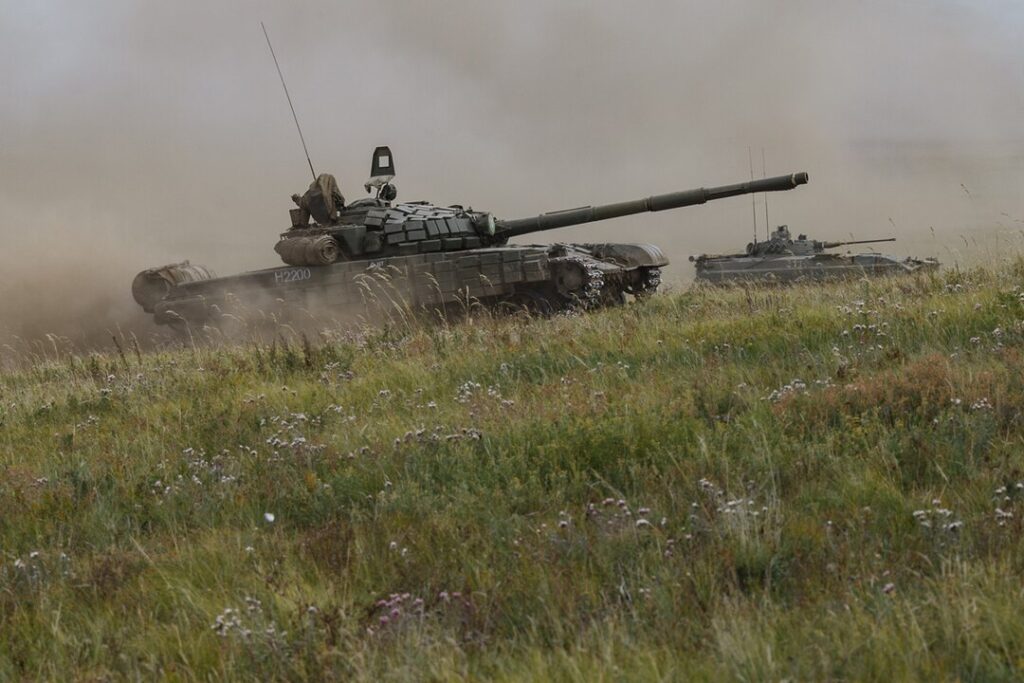
The T-72 has the same flaws all Soviet-style tanks have: most notably, ammunition stowage under the turret that’s prone to catastrophically exploding when hit. But compared to newer Russian tank models, the T-72B’s biggest problem might be its utterly antiquated optics, which can render the crew essentially blind under battlefield conditions.
There are worse tanks in the Russian arsenal, including 1960s-vintage T-62s and T-55s from the 1950s. But the Russians have already recovered most of the older tanks that were in reasonably good condition after decades of open storage—and then upgraded them and sent them to Ukraine, where many of them suffered the same fate that thousands of Russian tanks have suffered. Blown up by mines, artillery, missiles and drones.
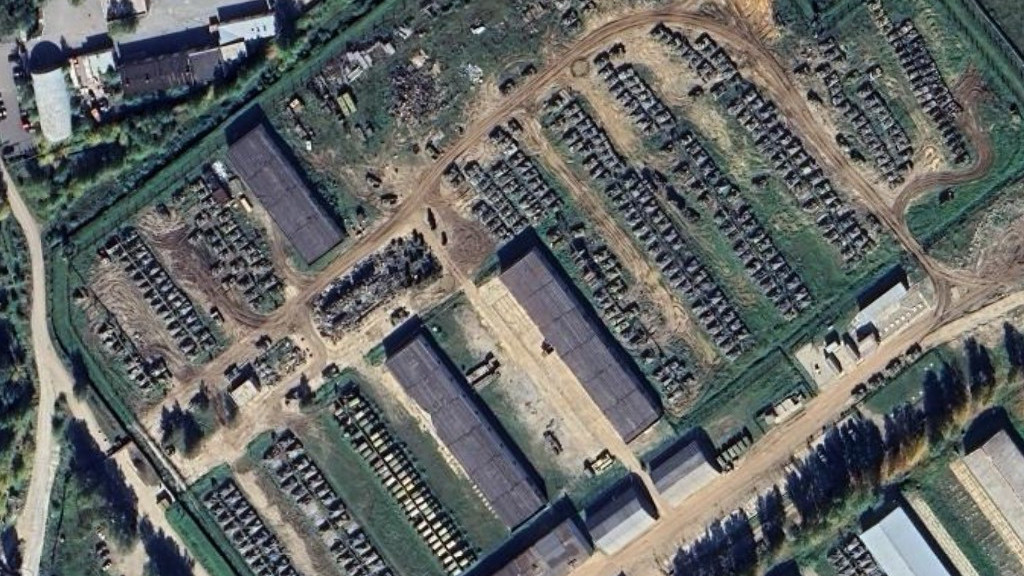
An old T-72B hull can be upgraded with new optics and layers of add-on anti-drone armor, albeit with great effort. The bigger problem for the Kremlin is supply. The several hundred T-72Bs that were extant a couple of years ago, and which are currently depleting at a rate of 20 per month, represented one of the last sizable tank reserves in Russia.
Once the reserves are finally gone—something that might happen this year—the Russian armed forces will only have as many tanks as Russian tank-makers can build new.
The good news for the Kremlin is that, despite successive rounds of sanctions on Russia’s arms industry, the Uralvagonzavod factory just north of the 1311th Central Tank Storage and Repair Base has managed to expand production of the latest T-90M tank.

That’s the conclusion of a recent study from the pro-Ukraine Conflict Intelligence Team. “According to our estimates, Uralvagonzavod produced 60 to 70 T-90M tanks in 2022. In 2023, amid efforts to mobilize the defense industry, output may have increased to 140 to 180 tanks, and by 2024, it may have surpassed 200 units annually, possibly approaching a production rate of 250 to 300 tanks per year.”
Three hundred tanks a year isn’t a lot of tanks, however—not for an army that’s struggling to break through along the 1,100-km front in Ukraine while also trying to preserve some mechanized forces for possible future conflicts.
More good news for the Kremlin: Ukraine’s manpower shortage is so dire—its brigades urgently need 100,000 trained infantry—that the manpower-rich Russian military can continue to advance in Ukraine without deploying a lot of tanks.
But increasingly de-mechanized, it can’t advance fast—or at low risk to its exposed infantry.
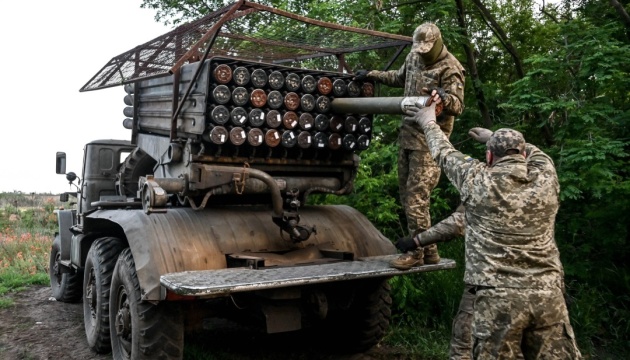

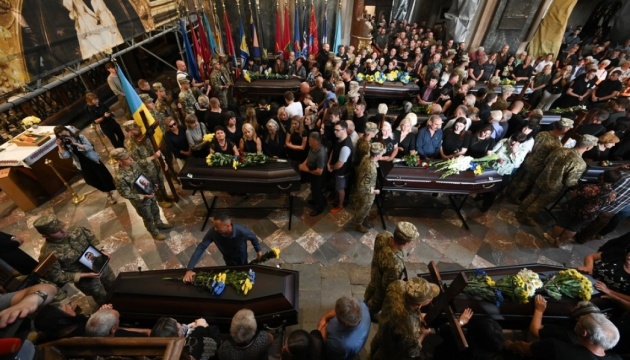
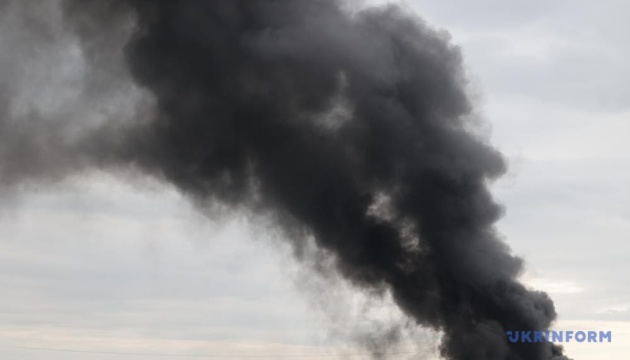
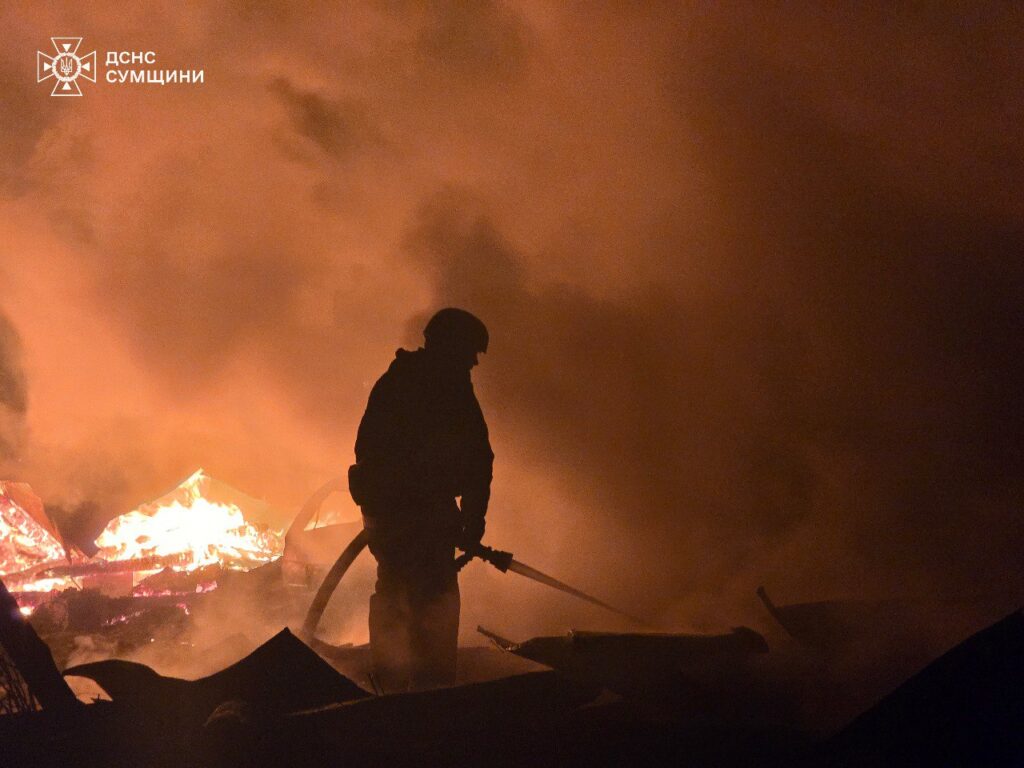
The world has grown accustomed to drone warfare as scattered strikes — the occasional Shahed hitting a Ukrainian city, maybe a dozen drones in a night, perhaps fifty during a major assault.
That was just the prologue.
Russia is now a step away from the capacity to launch thousands of drones simultaneously — not spread across weeks, but in a single coordinated strike that can overwhelm Ukraine’s entire air defense network.
In just three years, what began as a manageable threat has evolved into a relentless campaign that threatens to fundamentally change modern warfare.
According to Christina Harward, an analyst at the Institute for the Study of War, Moscow now produces approximately 2,700 Shahed drones per month, alongside 2,500 decoy drones. This production capacity means Russia can already launch over 300 or even 400 drones in a single night.
Additionally, the Kremlin is actively building new facilities and will soon be capable of launching between 1,000 and 2,000 drones simultaneously. Ukraine now faces an unprecedented drone war that dwarfs anything seen in previous conflicts.
The evidence for this escalation sits in last year’s attack data. In 2024, Russia launched 11,162 long-range drones against Ukrainian cities, critical infrastructure, defense industries, and increasingly, military positions. Ukraine’s air defenses performed admirably — neutralizing 90.2% of incoming drones. However, approximately 1,100 drones still reached their targets.
The missile campaign hit even harder. Russia fired 3,063 missiles of various types throughout 2024. Of these missiles, 58.5% (1,792 missiles) successfully reached their targets.
These success rates expose critical gaps in Ukraine’s air defense network. While Ukrainian forces managed to down 67% of cruise missiles like the Kalibr Kh-555/101, and R-500, they only intercepted only:
Each missile that gets through translates directly into destroyed infrastructure and civilian casualties, carrying a bill that stretches far beyond the initial explosion.
A United Nations Development Programme report estimates that $524 billion will be required for Ukraine’s reconstruction over the next decade — a sum that represents multiple years of the country’s pre-war GDP.
The physical destruction shows why that number is so staggering. By November 2024, Russian attacks had damaged or destroyed 236,000 residential buildings, over 4,000 educational institutions, 1,554 medical facilities, and nearly 500 large and medium-sized enterprises. Entire neighborhoods in major cities have been reduced to rubble.
Ukraine’s energy sector became a particular target. After 13 massive coordinated attacks throughout 2024, the country can only generate 15 gigawatts of power — 3-4 GW less than peak demand. That gap means millions of people lose heating during sub-zero winters, hospitals operate on backup generators, and factories shut down production lines that supply global markets.
However, the current crisis seems to be just the warm-up for what Russia has planned for 2025.
From the beginning of the year, Russia has already launched 32 large-scale drone and missile strikes — 16 of them have already became the war’s largest. As of July 24, Russia launched more than 27,780 Shahed drones and decoys, with the monthly numbers increasing by approximately 1,000 since April.
If the monthly increase continues, Ukraine faces 78,000 drone strikes — seven times more than in 2024. That’s equivalent to about 2,800-3,000 tons of high explosives.
Russia’s missile strategy tells a different story. During the first half of 2025, Russia launched over 700 missiles at Ukraine. If the trend persists, Russia is expected to launch around 2,100 missiles in total in 2025 – compared to 3,063 last year.
The shift is strategic: while Russian missile strikes might drop by 32% compared to 2024, drone strikes are likely to increase by 700%. Russia is trading expensive, limited missiles for cheap, mass-produced drones that achieve the same destructive goals. And the strategy is working — Ukraine is presently intercepting fewer drones (85%) than last year.
Two factors explain this declining success rate: changing Russian tactics and reduced Western air defense supplies.
Russian drones now fly higher and faster, putting them out of range of Ukrainian mobile air defense groups. They feature onboard cameras and artificial intelligence, indicating a shift from autonomous navigation to potential remote control, making interception much harder. Strike packages increasingly focus on one or two cities, synchronizing massive attacks from multiple directions and altitudes to overwhelm air defenses.
Russia also deploys stealthy drones as scouts and decoys to pinpoint Ukrainian air defense positions.
Meanwhile, the inflow of air defense systems, missiles, and ammunition has been inadequate since the war began — not from lack of Western commitment, but from lack of available weapons and ammunition in the West.
The US has also paused defense aid on at least four occasions since October 2023. On 4 June, the Trump administration diverted 20,000 anti-drone missiles originally meant for Ukraine to American forces in the Middle East.
Unless Ukraine’s air defense is significantly strengthened in 2025, up to 1,300 Russian missiles and 12,000 drones might breach air defenses and strike their targets.
Since Ukraine’s defense industrial base remains a primary target, continued escalation could force Ukrainian forces into supply shortages that determine the war’s outcome.
The only way to end the missile and drone strikes is to end the war. All other measures will at best reduce the scale and scope of the strikes — but not stop them.
Russia shows no intention of ending the war before achieving its strategic objectives. As international efforts to force Moscow’s compliance have failed, the number of Russian attacks will continue rising.
Yet, Russian missiles and drones can still be countered. Several options remain available to Ukraine — starting with going on the offensive.
As Kyiv faces growing challenges securing weapons and ammunition from its partners, the development of its own industrial base remains critical. More than 40% of the weapons used at the front line are now produced domestically, with a goal of 50% within six months. In the long term, Ukraine aims to become largely self-sufficient.
Over 95% of its drones are Ukrainian-produced, though many are financed by international partners. Ukraine’s total drone production has increased by 900% over the past year, with monthly UAV output reaching over 200,000. In 2025, it aims to produce 4 million tactical and 30,000 long-range strike drones. Overall, its drone industry has the capacity to produce up to 10 million UAVs annually but lacks funding.
Likewise, Ukrainian cruise missile production increased by 800% in 2024. Ukraine aims to produce approximately 3,000 cruise missiles and missile drones in 2025, matching Russia’s predicted output. Ukraine will be the first European country since the Cold War to produce a conventional ballistic missile.
In this light, Ukraine will focus on targeting the Russian defense industry, command and control facilities, bases, depots, and logistical hubs — actively undercutting Russia’s ability to wage war.
But offense alone cannot stop the drone swarms. Ukraine must also strengthen its defenses, and here international support becomes crucial.
Supported by Europe, Canada, Australia, and New Zealand, Ukraine continues developing its missile and drone defense network. The backbone of this defense network remains long-range missile systems, particularly Patriots.
Having sustained losses, Ukraine is believed to have only six functioning Patriot batteries – two from the US, with the rest provided by the European states.
On 14 July, President Trump announced a new arrangement: Washington will sell Patriot missile defense systems and other weaponry to NATO members and its allies, who will then donate them to Ukraine. European countries have expressed willingness to purchase weapons from the US and transfer them to Ukraine.
The arrangement generates $10 billion in Foreign Military Sales for the US and insists that the Patriots must be delivered by anyone but the US. This depletes Europe’s already vulnerable air defense network at a time when war is raging on the continent.
Meanwhile, Ukraine is developing its own surface-to-air missile systems for shooting down Russian missiles. The domestically produced system aims to match Patriot capabilities while reducing dependence on US supplies.
At the same time, Kyiv is also trying to acquire other air defence systems, such as the Italian-French SAMP/T, the Norwegian NASAMS, and the German IRIS-T, to expand its air defence network.
Norway has signed an agreement to develop and deliver low-cost, high-volume air defense missiles in Ukraine. The UK has agreed to supply more than 5,000 air defense missiles from Thales. In January, Ukraine received a new container-sized air defense system called Gravehawk, jointly funded by the UK and Denmark.
But even with these systems, Ukraine faces a fundamental math problem: traditional missile-based air defenses are too expensive to use against cheap Russian drones.
The solution lies in gun-based systems. Ukraine needs more German-made Gepard anti-aircraft guns and Skynex systems. These use programmable ammunition that’s significantly cheaper than missiles and can’t be jammed by electronic countermeasures. Battlefield performance has proven their effectiveness against drones and cruise missiles.
Trump’s decision to sell weapons to Europe and Canada could accelerate the delivery of both systems and Stinger missiles to counter Russian drone attacks.
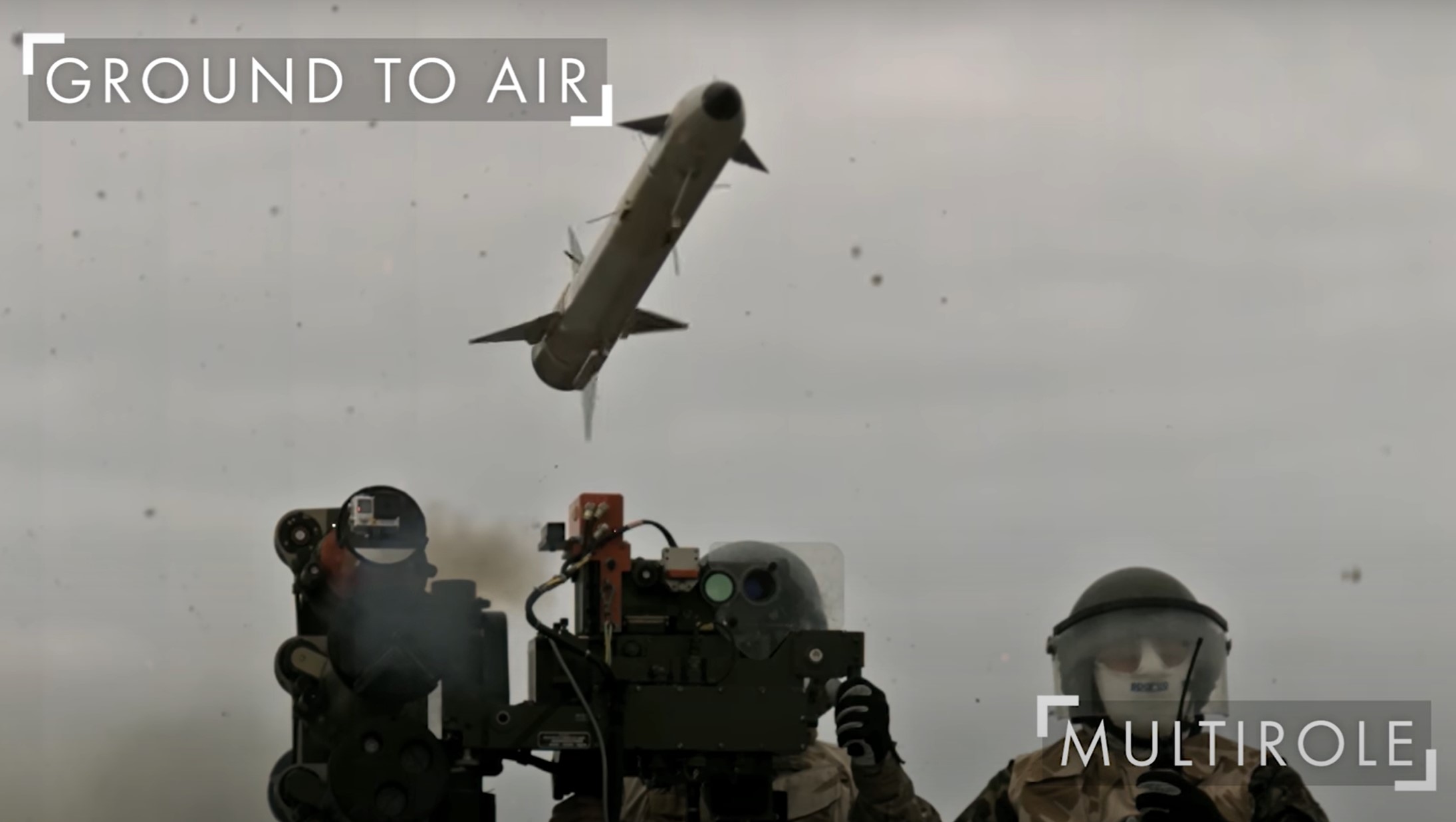
Ukraine, in the meantime, is developing its own solution: interceptor drones that hunt enemy drones in flight.
Medio May, the Unmanned Systems Forces of the Armed Forces of Ukraine, reported that Ukrainian forces had begun systematically downing Russian Shahed/Gerans UAVs with the help of interceptor drones. Fighters from the Darknode unit from the 412th Nemesis Regiment had successfully destroyed 100 long-range drones.
The Kyiv “Clear Sky” initiative demonstrates how this works. The program uses domestically produced interceptor drones to protect the city’s airspace, including specialized training centers and mobile rapid-response units. During its pilot phase, the project intercepted nearly 650 enemy drones with only 12 active crews — a network that has already expanded outside of Kyiv with plans to roll it out across the country.
The success of programs like Clear Sky has driven national-scale procurement. Ukraine’s Defense Procurement Agency has contracted tens of thousands of domestically produced interceptor drones worth $2.8 billion — more than a third of its total 2025 budget.
Ukraine is also purchasing interceptor drones from international partners, including a strategic agreement with the American company Swift Beat to supply hundreds of thousands of drones by the end of 2025. One of its AI-enhanced models is currently the most effective drone interceptor on the battlefield: the company’s drones have downed about 90% of all Shaheds downed by drones until now.
Ukraine faces a fast-escalating Russian strike campaign targeting its defense manufacturing — increasingly crucial as Western aid falters. Most pledged air defense systems won’t arrive until 2026-2028. Ukrainian interceptor drones remain the only immediate solution to the escalating drone war.
The stakes extend beyond military hardware. Ukraine’s resilience rests on interlinking strengths: military adaptation, economic transformation, societal unity, and institutional innovation. These pillars enabled Ukraine not just to survive, but to evolve under immense pressure. Massive Russian strikes threaten to undermine them all.
Russia’s ability to continue to escalate drone terror remains unimpeded unless the West revises its present strategy. Supported by China and Iran, Russia will scale up drone production while the weapons evolve — flying higher, faster, becoming stealthier and more resistant to electronic warfare.
It is time to take off the gloves. Ukraine needs long-range strike capability to target the Russian defense industry without restrictions. Europe must provide combat aircraft and ground-based air defense to bolster Ukraine’s network.
Most importantly, Europe must abandon wishful thinking. A coalition of like-minded countries must mobilize their own defense industries to deliver the capabilities needed to protect Europe — alongside Ukraine.
Europe’s first line of defence starts, after all, in Ukraine.
Editor’s note. The opinions expressed in our Opinion section belong to their authors. Euromaidan Press’ editorial team may or may not share them.
Submit an opinion to Euromaidan Press

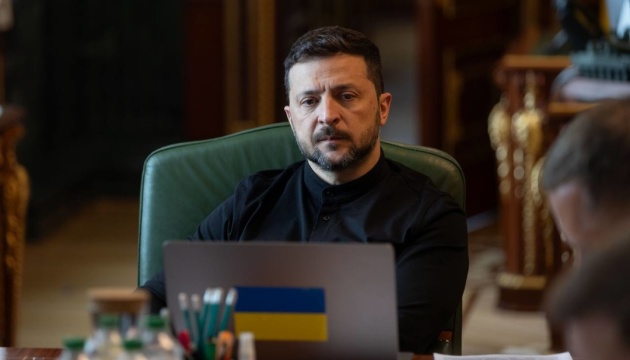
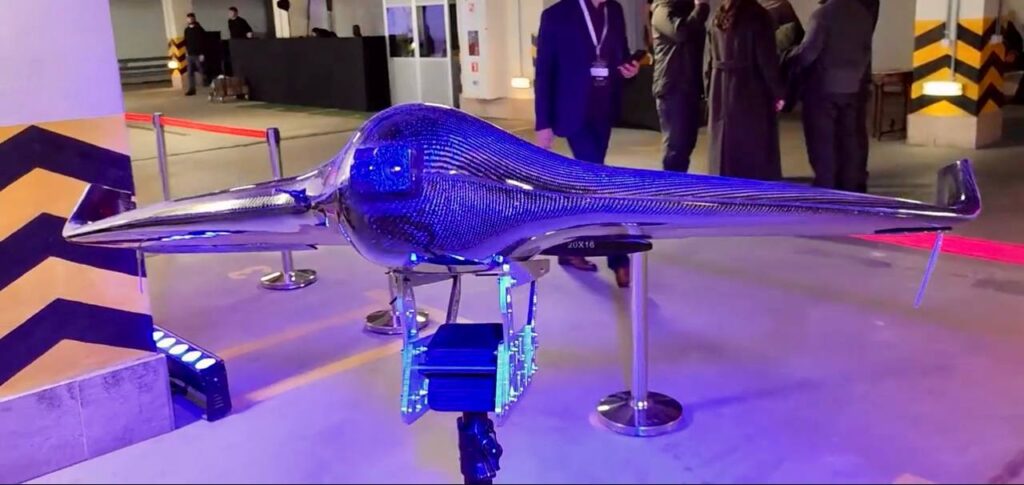
Russia has started using a new drone tactic in Ukraine. Russian Shahed kamikaze drones have begun performing complex maneuvers mid-flight in an apparent attempt to evade Ukrainian interceptor drones, according to electronic warfare expert Serhii Beskrestnov, also known as Flash.
Ukrainian interceptor drones are the country’s most advanced weapon for defending against Russian drones. President Volodymyr Zelenskyy has set a clear goal for domestic manufacturers: ensure the capacity to deploy at least 1,000 such interceptors daily to protect Ukrainian cities and military targets.
“Shaheds have started executing a set of complex in-flight maneuvers aimed at reducing the effectiveness of our aerial interceptor drones,” explains Beskrestnov.
According to him, the Russian military has long been preparing to counter Ukrainian interceptors, and this new drone approach is only the beginning.
Despite the new threat, the expert assures that Ukraine is actively improving its own interception technology.
In the first half of 2025, 6,754 civilians in Ukraine were killed or injured, the highest number for a six-month period since 2022, the UN reports. In July alone, Russia launched at least 5,183 long-range munitions at Ukraine, including a record 728 drones on 9 July. Kyiv and the port city of Odesa have been hit hardest in recent weeks.
“We will keep working on countering their tech with ours. You didn’t really think the enemy would abandon its most widespread weapon so easily, did you?” the expert says.
Shaheds remain one of the main threats to Ukraine’s rear, making the development of interceptor drones a key component of defense. As the situation shows, the air war is entering a new phase, the one where each side upgrades its unmanned systems in real time.




Despite escalating fighting and a humanitarian catastrophe, the UN has received only 34% of the planned $2.6 billion for aid to Ukraine in 2025, reveals UN Deputy Secretary-General for Humanitarian Affairs Joyce Msuya, UkrInform reports.
In the first half of 2025, Russia killed or injured 6,754 civilians in Ukraine, the highest number for a six-month period since 2022. After a surge in Russian attacks on civilians following each US peace effort, President Donald Trump gave Russia a 50-day ultimatum to strike a peace deal with Ukraine. However, the attack continue.
“Without immediate funding, even priority programs may be shut down,” she warned during a UN Security Council meeting.
The UN has already launched its 2025–2026 winter response plan, which targets the 1.7 million Ukrainians left in high-risk areas.
Since the last Security Council meeting on 20 June, the humanitarian situation has significantly worsened, Msuya said. In the first half of 2025, the number of civilian casualties increased by nearly 50% compared to last year.
Currently, 13 million Ukrainians need assistance, but due to a funding shortfall, only 3.6 million have received it.
Access to Russian-occupied regions remains extremely limited, Msuya emphasized. This makes it impossible to provide basic aid to millions of civilians.
Russia is transforming occupied Ukrainian regions into military bases. Moscow troops use Donetsk and Luhansk oblasts to build up combat units, establish fortified positions, and organize logistics hubs. Meanwhile, from occupied Crimea, Russian forces are launching missiles and drones at other Ukrainian cities.
She stressed that Ukrainians cannot depend on donor fatigue or delay, urging UN member states to act without hesitation.
Earlier, Euromaidan Press reported that Ukrainians suffer from dehydration and violence in Donetsk. The city’s residents under the Russian occupation face catastrophic water shortages, with no supply to homes for up to three days at a time.
Military expert Roman Svitan said that the Russians destroyed the Khanzhonkivske Reservoir in 2022. The pumps capable of moving millions of tons of water were completely demolished. This water sustained all of Donbas, all the way to Mariupol.

Russia is wiping out Ukrainian cities daily. In the first half of 2025, 6,754 civilians in Ukraine were killed or injured, the highest number for a six-month period since 2022, says Miroslav Jenča, UN Assistant Secretary-General for Europe, Central Asia, and the Americas, UkrInform reports.
After a surge in Russian attacks on civilians following each US peace effort, President Donald Trump gave Russia a 50-day ultimatum to strike a peace deal with Ukraine. He warned that failure to comply would trigger harsh economic sanctions, including tariffs of around 100% not only against Russia itself but also against countries purchasing its energy resources.
Daily shelling of Ukrainian towns and villages with missiles and drones has only intensified, he said during a UN Security Council meeting. June saw the highest monthly civilian casualty count in three years.
In July alone, Russia launched at least 5,183 long-range munitions at Ukraine, including a record 728 drones on 9 July. Kyiv and the port city of Odesa have been hit hardest in recent weeks.
Even Ukraine’s western regions, once considered relatively safe, are no longer spared from massive aerial attacks.
According to official UN data, at least 13,580 civilians have been killed since Russia’s full-scale invasion of Ukraine began, including 716 children. Another 34,115 people have been injured.
“There is no safe place in Ukraine today,” said Jenča.
He stressed that international law clearly prohibits attacks on civilians and that the UN strongly condemns all such assaults.

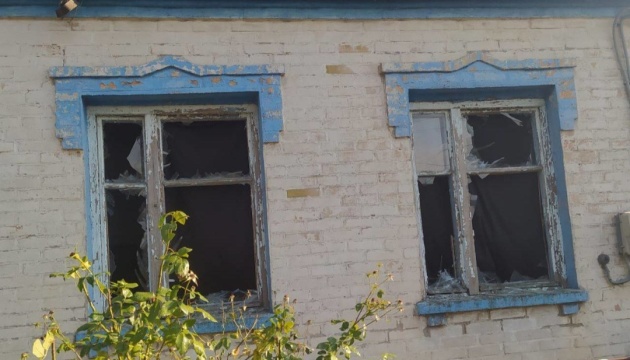
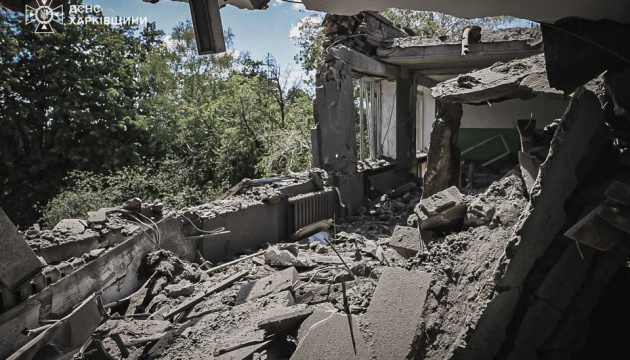
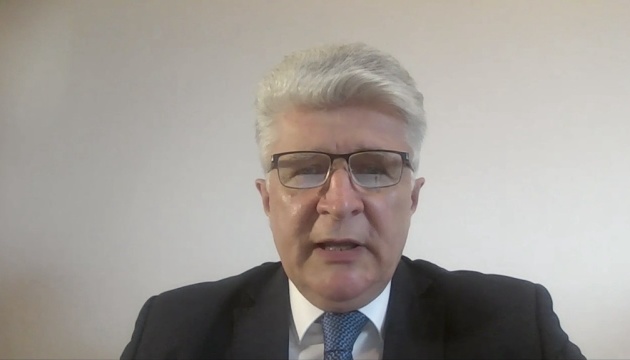
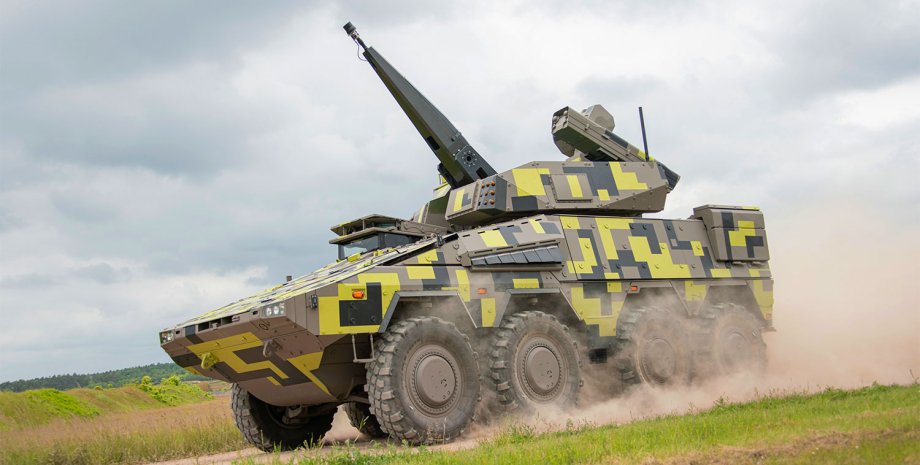
German company Hensoldt AG says it has received an order worth € 340 million to supply Ukraine’s air defense forces with TRML-4D and SPEXER 2000 3D MkIII radar systems. These radar systems have already been in use in Ukraine since the beginning of the Russian invasion.
The announcement came amid Russia’s escalated attacks on Ukraine. The UN Human Rights Monitoring Mission in Ukraine documented 232 civilian deaths and 1,343 injuries in June 2025, marking the highest monthly casualty toll in three years as Russian forces launched ten times more missile strikes and drone attacks than in June 2024.
“Our high-performance radars are urgently needed by Ukrainian air defence,” says Hensoldt CEO Oliver Dörre, emphasizing that the company is proud to supply systems that are “critically important for protecting civilians.”
TRML-4D radars are based on advanced Active Electronically Scanned Array technology. They can simultaneously detect and track up to 1,500 targets within a radius of up to 250 km, including drones, aircraft, helicopters, and cruise missiles.
Their fast response time and ability to operate under complex conditions make TRML-4D systems essential in providing precise countermeasures against Russian aerial attacks.
SPEXER 2000 3D MkIII systems are designed for the automatic detection and classification of ground, maritime, and low-flying aerial targets. They are integrated into the Rheinmetall Skyranger 30 air defense gun system, which provides close-range and very short-range protection.
The system is based on the wheeled armored Boxer vehicle, equipped with a combat module featuring a 30mm Swiss Oerlikon KCA gun firing 1,200 rounds per minute. Optionally, it can be fitted with a launcher for two FIM-92 Stinger or Mistral missiles, according to Militarnyi.
The gun’s ammunition includes a wide range of shells, including airburst rounds with radio fuses. The total ammunition load consists of 252 30mm shells. The vehicle is equipped with five antennas, providing full 360-degree coverage.
It also features the Rheinmetall FIRST passive target acquisition system, which excels at detecting small targets. Since it emits no radar signal, the system can operate without being detected by enemy electronic intelligence.
The system is a part of Germany’s NNbS program, a new short-range air defense “umbrella” for the Bundeswehr, meaning Ukraine is receiving the best from NATO’s arsenal.
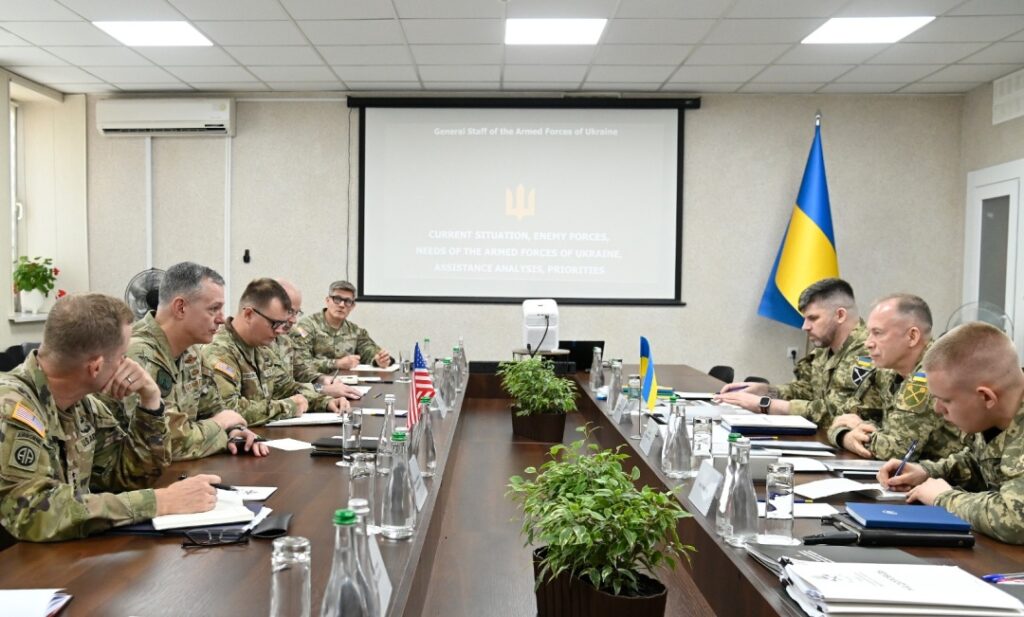
On 25 July, Commander-in-Chief of the Ukrainian Armed Forces Oleksandr Syrskyi met with the newly appointed Supreme Allied Commander Europe (SACEUR), General Alexis Grinkevich, in Kyiv.
The American general of Belarusian descent succeeded General Cavoli as commander of NATO forces on 4 July 2025. During Senate hearings, Grinkevich openly stated that he believed in Ukraine’s victory over Russia.
Major General Andrii Hnatov, Chief of the General Staff of the Armed Forces of Ukraine, and Curtis Buzzard, Head of NATO’s Security Assistance Mission, also joined the comprehensive discussion.
During the talks, Syrskyi emphasized that Russia has already mobilized the maximum of its human and material resources in an attempt to break through. However, despite the pressure, Ukraine retains conventional capabilities to destroy offensive groupings.
“Our allies fully understand the scale and complexity of the tasks facing the Ukrainian Armed Forces,” he said.
The parties discussed the expedited transfer of new air defense systems purchased for Ukraine by European allies.
“We are grateful to President Donald Trump and NATO Secretary General Mark Rutte for the swift delivery of these systems. They are already on their way,” Syrskyi stressed.
The systems in question are Patriots, a key Ukrainian defense against ballistic missile strikes. As of now, Kyiv has eight batteries, six of which were operational in May. The new deliveries could increase the total to 13.
The deliveries were announced by US President Donald Trump after Russia began launching massive attacks on Ukraine, right after any conversations he or US representatives had with Russian ruler Vladimir Putin.
The UN Human Rights Monitoring Mission in Ukraine documented 232 civilian deaths and 1,343 injuries in June 2025, marking the highest monthly casualty toll in three years as Russian forces launched ten times more missile strikes and drone attacks than in June 2024.
Trump also revealed a new aid model: the US will produce weapons for NATO and Ukraine, while European partners will foot the bill. Ukraine will receive modern missiles and military equipment, critically needed at this stage of the war.
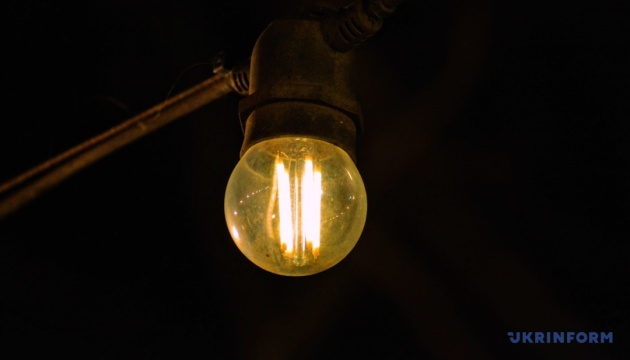

Ukrainian military intelligence cyber specialists have carried out a powerful operation against Russian authorities in occupied Crimea. According to RBC-Ukraine’s intelligence sources, the cyberattack lasted several days and paralyzed the entire digital infrastructure of the occupation administration.
Russia is transforming occupied Ukrainian regions into military bases. Moscow troops use Donetsk and Luhansk oblasts to build up combat units, establish fortified positions, and organize logistics hubs. Meanwhile, from occupied Crimea, Russian forces are launching missiles and drones at other Ukrainian cities.
It began with a powerful DDoS assault that took down the occupiers’ government services. While panic spread in Crimea and technicians scrambled to identify the source of the outage, Ukrainian hackers had already infiltrated the electronic accounts of the so-called “authorities.” And that was just the beginning.
The Ukrainian Defence Intelligence has gained access to the occupiers’ key digital systems:
In just two days, over 100 terabytes of classified information were downloaded. Among the documents were files marked as top secret, including data on military facilities and logistics for supplying Russian troops.
After completing the operation, HUR specialists destroyed all the occupiers’ administrative servers, at both regional and district levels. These structures have effectively lost access to their documents, databases, and internal communications.
“So much data was extracted that we’ll soon uncover plenty of sensational details about Russian crimes in Crimea. Special thanks for the assistance goes to the deputy minister of health of the occupation government, Anton Lyaskovsky,” an intelligence source told RBC-Ukraine with irony.
Moscow has already labeled the operation as “elements of hybrid warfare.” Meanwhile, the so-called “Ministry of Internal Policy” of Crimea has admitted that some services remain offline. However, the true scale of the destruction is only beginning to come to light.
